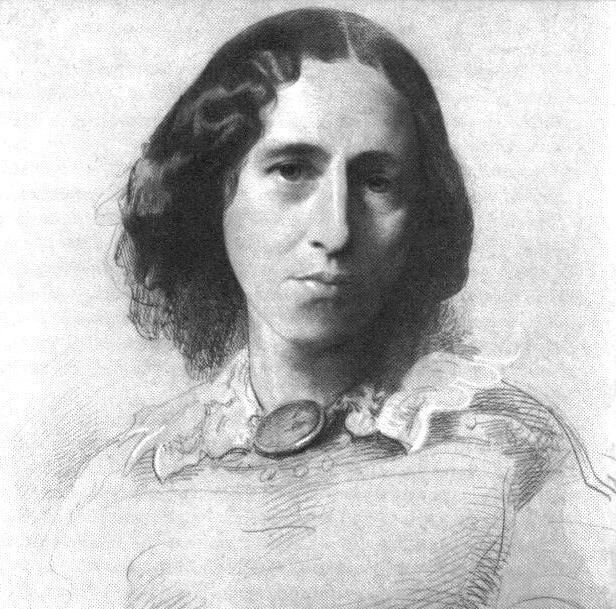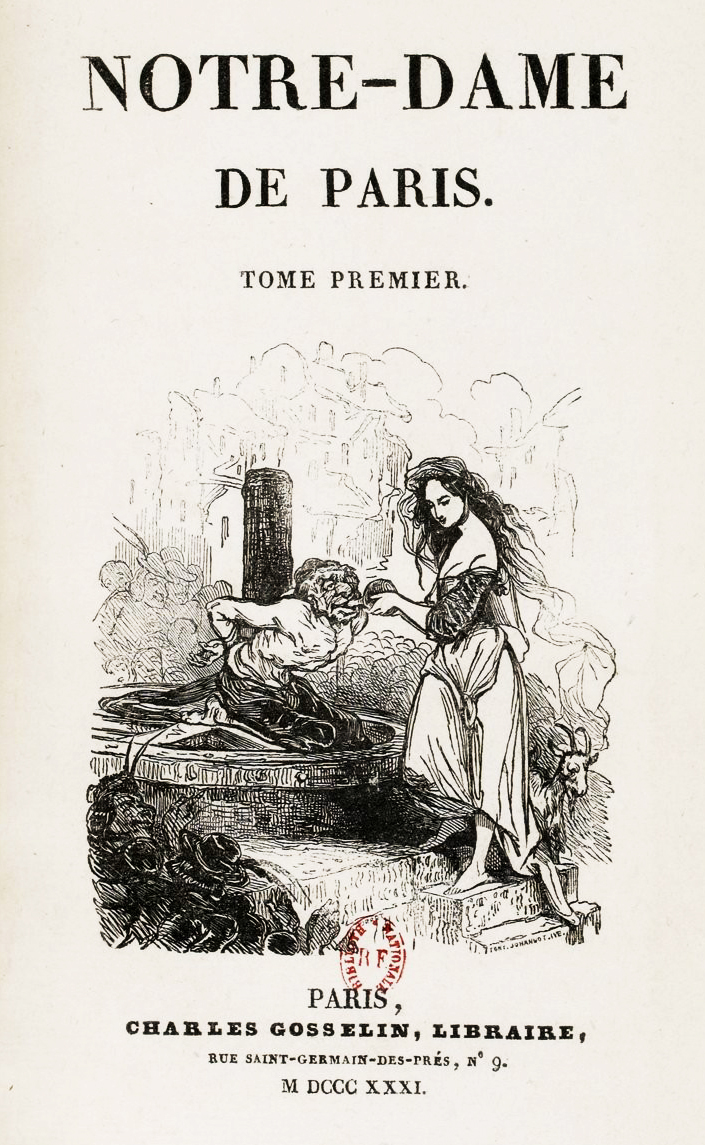|
Romola
''Romola'' is a historical novel written between 1862 and 1863 by English author Mary Ann Evans under the pen name of George Eliot set in the fifteenth century. It is "a deep study of life in the city of Florence from an intellectual, artistic, religious, and social point of view". The story takes place amidst actual historical events during the Italian Renaissance, and includes in its plot several notable figures from Florentine history. The novel first appeared in fourteen parts published in ''Cornhill Magazine'' from July 1862 (vol. 6, no. 31) to August 1863 (vol. 8, no. 44), and was first published as a book, in three volumes, by Smith, Elder & Co. in 1863. Plot summary Florence, 1492: Christopher Columbus has sailed towards the New World, and Florence has just mourned the death of its leader, Lorenzo de' Medici. In this setting, a Florentine trader meets a shipwrecked stranger, who introduces himself as Tito Melema, a young Italianate-Greek scholar. Tito becomes acquai ... [...More Info...] [...Related Items...] OR: [Wikipedia] [Google] [Baidu] |
George Eliot
Mary Ann Evans (22 November 1819 – 22 December 1880; alternatively Mary Anne or Marian), known by her pen name George Eliot, was an English novelist, poet, journalist, translator, and one of the leading writers of the Victorian era. She wrote seven novels: ''Adam Bede'' (1859), ''The Mill on the Floss'' (1860), ''Silas Marner'' (1861), ''Romola'' (1862–1863), ''Felix Holt, the Radical'' (1866), ''Middlemarch'' (1871–1872) and ''Daniel Deronda'' (1876). Like Charles Dickens and Thomas Hardy, she emerged from provincial England; most of her works are set there. Her works are known for their literary realism, realism, psychological fiction, psychological insight, sense of place and detailed depiction of the countryside. ''Middlemarch'' was described by the novelist Virginia Woolf as "one of the few English novels written for grown-up people"Woolf, Virginia. "George Eliot." ''The Common Reader''. New York: Harcourt, Brace, and World, 1925. pp. 166–176. and by Martin Amis an ... [...More Info...] [...Related Items...] OR: [Wikipedia] [Google] [Baidu] |
Lorenzo De' Medici
Lorenzo di Piero de' Medici (), known as Lorenzo the Magnificent (; 1 January 1449 – 9 April 1492), was an Italian statesman, the ''de facto'' ruler of the Florentine Republic, and the most powerful patron of Renaissance culture in Italy. Lorenzo held the balance of power within the Italic League, an alliance of states that stabilized political conditions on the Italian Peninsula for decades, and his life coincided with the mature phase of the Italian Renaissance and the golden age of Florence. As a patron, he is best known for his sponsorship of artists such as Botticelli and Michelangelo. On the foreign policy front, Lorenzo manifested a clear plan to stem the territorial ambitions of Pope Sixtus IV, in the name of the balance of the Italic League of 1454. For these reasons, Lorenzo was the subject of the Pazzi conspiracy (1478), in which his brother Giuliano di Piero de' Medici, Giuliano was assassinated. The Peace of Lodi of 1454 that he supported among the various List of h ... [...More Info...] [...Related Items...] OR: [Wikipedia] [Google] [Baidu] |
Felix Holt, The Radical
''Felix Holt, the Radical'' is an 1866 social novel by the English author George Eliot (pen name of Mary Ann Evans). The novel deals with political conflicts in a small English town at the time of the 1832 Reform Act. The plot centers on an election in which Harold Transome, a local landowner, runs for the "radical cause" for tactical reasons, contrary to his family's conservative tradition. Transome's opportunism is contrasted by Felix Holt, a young working-class man who rebels against the corruption and injustice of his time. Another plotline concerns Esther Lyon, the stepdaughter of a nonconformist clergyman, who is the true heiress to the Transome estate without knowing it. She must ultimately choose between a future with Harold Transome or Felix Holt. Her choice symbolizes the novel's central conflict between different lifestyles and social ideas. Content Plot The story takes place in the fictional community of Treby in the English Midlands in 1832, at the time of th ... [...More Info...] [...Related Items...] OR: [Wikipedia] [Google] [Baidu] |
Girolamo Savonarola
Girolamo Savonarola, OP (, ; ; 21 September 1452 – 23 May 1498), also referred to as Jerome Savonarola, was an ascetic Dominican friar from Ferrara and a preacher active in Renaissance Florence. He became known for his prophecies of civic glory, his advocacy of the destruction of secular art and culture, and his calls for Christian renewal. He denounced clerical corruption, despotic rule, and the exploitation of the poor. In September 1494, when King Charles VIII of France invaded Italy and threatened Florence, Savonarola's prophecies seemed on the verge of fulfillment. While the friar intervened with the French king, the Florentines expelled the ruling Medicis and at Savonarola's urging established a "well received" republic, effectively under Savonarola's control. Declaring that Florence would be the New Jerusalem, the world centre of Christianity and "richer, more powerful, more glorious than ever", he instituted an extreme moralistic campaign, enlisting the active he ... [...More Info...] [...Related Items...] OR: [Wikipedia] [Google] [Baidu] |
Cornhill Magazine
''The Cornhill Magazine'' (1860–1975) was a monthly Victorian literature, Victorian magazine and literary journal named after the street address of the founding publisher Smith, Elder & Co. at 65 Cornhill, London, Cornhill in London.Laurel Brake and Marysa Demoor, ''Dictionary of Nineteenth-Century Journalism in Great Britain and Ireland''. Ghent: Academia Press and London: British Library, 2009. (p. 145). In the 1860s, under the editorship of William Makepeace Thackeray, the paper's large circulation peaked around 110,000. Due to emerging competitors, circulation fell to 20,000 by 1870. The following year, Leslie Stephen took over as editor. When Stephen left in 1882, circulation had further fallen to 12,000. ''The Cornhill'' was purchased by John Murray (publishing house), John Murray in 1912, and continued to publish issues until 1975. History ''The Cornhill'' was founded by George Murray Smith in 1859, and the first issue displayed the cover date January 1860. A literar ... [...More Info...] [...Related Items...] OR: [Wikipedia] [Google] [Baidu] |
Silas Marner
''Silas Marner: The Weaver of Raveloe'' is the third novel by English author George Eliot, pen name of Mary Ann Evans. It was published on 2 April 1861. An outwardly simple tale of a linen weaver, the novel is notable for its strong realism and its sophisticated treatment of a variety of issues ranging from religion to industrialisation to community. Plot summary The novel is set in the early years of the 19th century. Silas Marner, a weaver, is a member of a small Calvinist congregation in Lantern Yard, a slum street in Northern England. He is falsely accused of stealing the congregation's funds while watching over the very ill deacon. Two pieces of evidence implicate Silas: a pocket knife, and the discovery of the bag formerly containing the money in his own house. There is the strong suggestion that Silas's best friend, William Dane, has framed him, since Silas had lent his pocket knife to William shortly before the crime was committed. Lots are drawn in the belief – also ... [...More Info...] [...Related Items...] OR: [Wikipedia] [Google] [Baidu] |
Historical Novel
Historical fiction is a literary genre in which a fictional plot takes place in the setting of particular real historical events. Although the term is commonly used as a synonym for historical fiction literature, it can also be applied to other types of narrative, including theatre, opera, cinema, and television, as well as video games and graphic novels. An essential element of historical fiction is that it is set in the past and pays attention to the manners, social conditions and other details of the depicted period. Authors also frequently choose to explore notable historical figures in these settings, allowing readers to better understand how these individuals might have responded to their environments. The historical romance usually seeks to romanticize eras of the past. Some subgenres such as alternate history and historical fantasy insert intentionally ahistorical or speculative elements into a novel. Works of historical fiction are sometimes criticized for lack ... [...More Info...] [...Related Items...] OR: [Wikipedia] [Google] [Baidu] |
WikiProject Novels
A WikiProject, or Wikiproject, is an affinity group for contributors with shared goals within the Wikimedia movement. WikiProjects are prevalent within the largest wiki, Wikipedia, and exist to varying degrees within Wikimedia project, sibling projects such as Wiktionary, Wikiquote, Wikidata, and Wikisource. They also exist in different languages, and translation of articles is a form of their collaboration. During the COVID-19 pandemic, CBS News noted the role of Wikipedia's WikiProject Medicine in maintaining the accuracy of articles related to the disease. Another WikiProject that has drawn attention is WikiProject Women Scientists, which was profiled by ''Smithsonian Magazine, Smithsonian'' for its efforts to improve coverage of women scientists which the profile noted had "helped increase the number of female scientists on Wikipedia from around 1,600 to over 5,000". On Wikipedia Some Wikipedia WikiProjects are substantial enough to engage in cooperative activities with outsi ... [...More Info...] [...Related Items...] OR: [Wikipedia] [Google] [Baidu] |
Florence Cathedral
Florence Cathedral (), formally the Cathedral of Saint Mary of the Flower ( ), is the cathedral of the Catholic Archdiocese of Florence in Florence, Italy. Commenced in 1296 in the Gothic style to a design of Arnolfo di Cambio and completed by 1436 with a dome engineered by Filippo Brunelleschi, the basilica's exterior is faced with polychrome marble panels in various shades of green and pink, alternated by white, and features an elaborate 19th-century Gothic Revival western façade by Emilio De Fabris. The cathedral complex, in Piazza del Duomo, includes the Florence Baptistery and Giotto's Campanile. These three buildings are part of the UNESCO World Heritage Site covering the historic centre of Florence and are a major tourist attraction of Tuscany. The basilica is one of world's largest churches and its dome is still the largest masonry dome ever constructed. The cathedral is the mother church and seat of the Archdiocese of Florence, whose archbishop is Gherardo Gam ... [...More Info...] [...Related Items...] OR: [Wikipedia] [Google] [Baidu] |
Medici
The House of Medici ( , ; ) was an Italian banking family and political dynasty that first consolidated power in the Republic of Florence under Cosimo de' Medici and his grandson Lorenzo "the Magnificent" during the first half of the 15th century. The family originated in the Mugello region of Tuscany, and prospered gradually in trade until it was able to fund the Medici Bank. This bank was the largest in Europe in the 15th century and facilitated the Medicis' rise to political power in Florence, although they officially remained citizens rather than monarchs until the 16th century. In 1532, the family acquired the hereditary title Duke of Florence. In 1569, the duchy was elevated to the Grand Duchy of Tuscany after territorial expansion. The Medici ruled the Grand Duchy from its inception under the builder Cosimo I until 1737, with the death of Gian Gastone de' Medici. The Medici produced four popes of the Catholic Church— Pope Leo X (1513–1521), Pope Clement VI ... [...More Info...] [...Related Items...] OR: [Wikipedia] [Google] [Baidu] |






